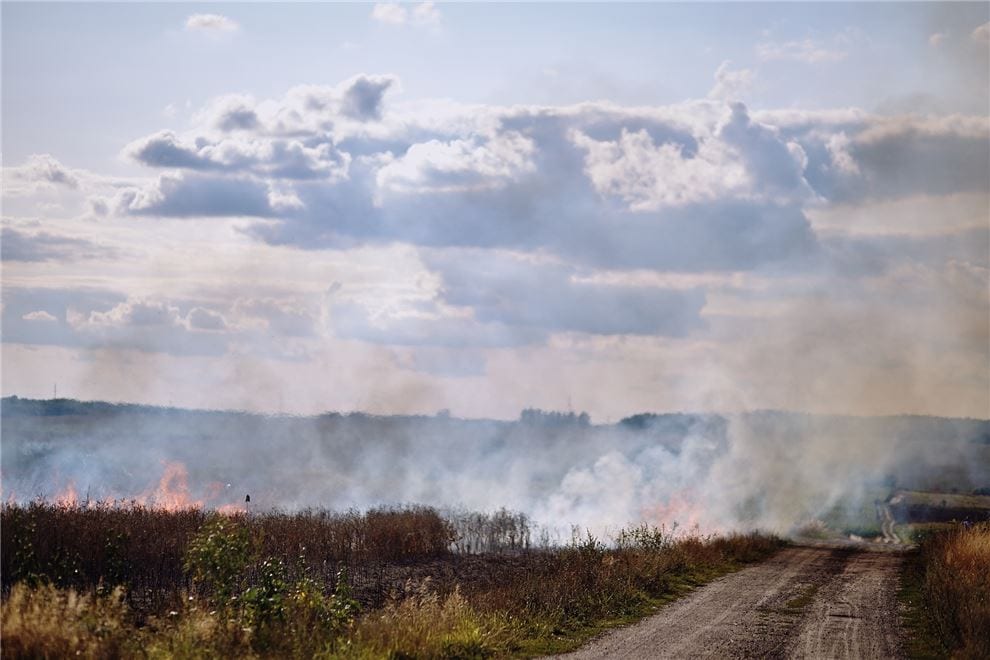Impact of Crop Residue Burning on Air Pollution in Northern India
Disaster Management Disaster Management in IndiaPosted by admin on 2025-01-26 18:03:34 |
Share: Facebook | Twitter | Whatsapp | Linkedin Visits: 86

Punjab's agricultural practices, especially the widespread burning of crop residue, have been identified as a major source of the severe air pollution that plagues northern India. This practice, common during the post-harvest period, results in vast amounts of smoke and particulate matter being released into the atmosphere, contributing to the formation of thick smog that severely impacts air quality. The consequences of this pollution extend beyond environmental degradation, causing significant public health crises, particularly respiratory diseases among the region's population.
The state’s position as one of the country’s largest agricultural hubs means that any unsustainable practices in farming have far-reaching consequences. Crop residue burning, often driven by tight harvesting schedules and the lack of affordable alternatives, is one of the most pressing contributors to the pollution problem. While this method of clearing fields may seem convenient for farmers, it creates a toxic cocktail of pollutants that affect millions of people, particularly during the winter months when the smog intensifies.
Addressing this issue has become a top priority for both state and national authorities. There have been calls for more effective governance, stricter enforcement of regulations, and the introduction of technological solutions that can help farmers manage crop residue more sustainably. Subsidized machinery for residue management, incentives for alternative practices, and awareness campaigns have been launched, but challenges such as financial constraints and logistical barriers continue to hinder progress.
To combat severe air pollution in northern India, a more comprehensive approach is necessary. This includes investing in innovative technologies, improving infrastructure, and fostering collaboration between the government, agricultural communities, and environmental organizations to reduce crop residue burning and its harmful impact on public health and the environment.
Search
Categories
Recent News
- Hyderabad's Drug Supply Chain Unravelled
- Hyderabad's New Year's Eve: Safety Meets Celebration
- Telangana's Drug Crisis: A Lifeline for Victims and Families
- Amberpet Tragedy: Young Woman's Life Cut Short
- Allegations of Harassment Rock Women's University
- Twin Cities' Alarming Drunk Driving Surge
- Hyderabad Cracks Down on Drunk Driving
- Hyderabad Man Loses Rs 75 Lakh in Online Betting Scam
Popular News
- Navigating IPO Market Dynamics Amid Volatility and Regulatory Changes
- Innovative Green Practices and Environmental Initiative
- Massive Worldwide Microsoft Outage Disrupts Multiple Sectors
- తెలుగుదేశం పార్టీ - పేదరికాన్ని నిర్మూలించడంలో వాగ్దానం
- Universities Embrace Remote Learning Technologies Amidst Ongoing Pandemic